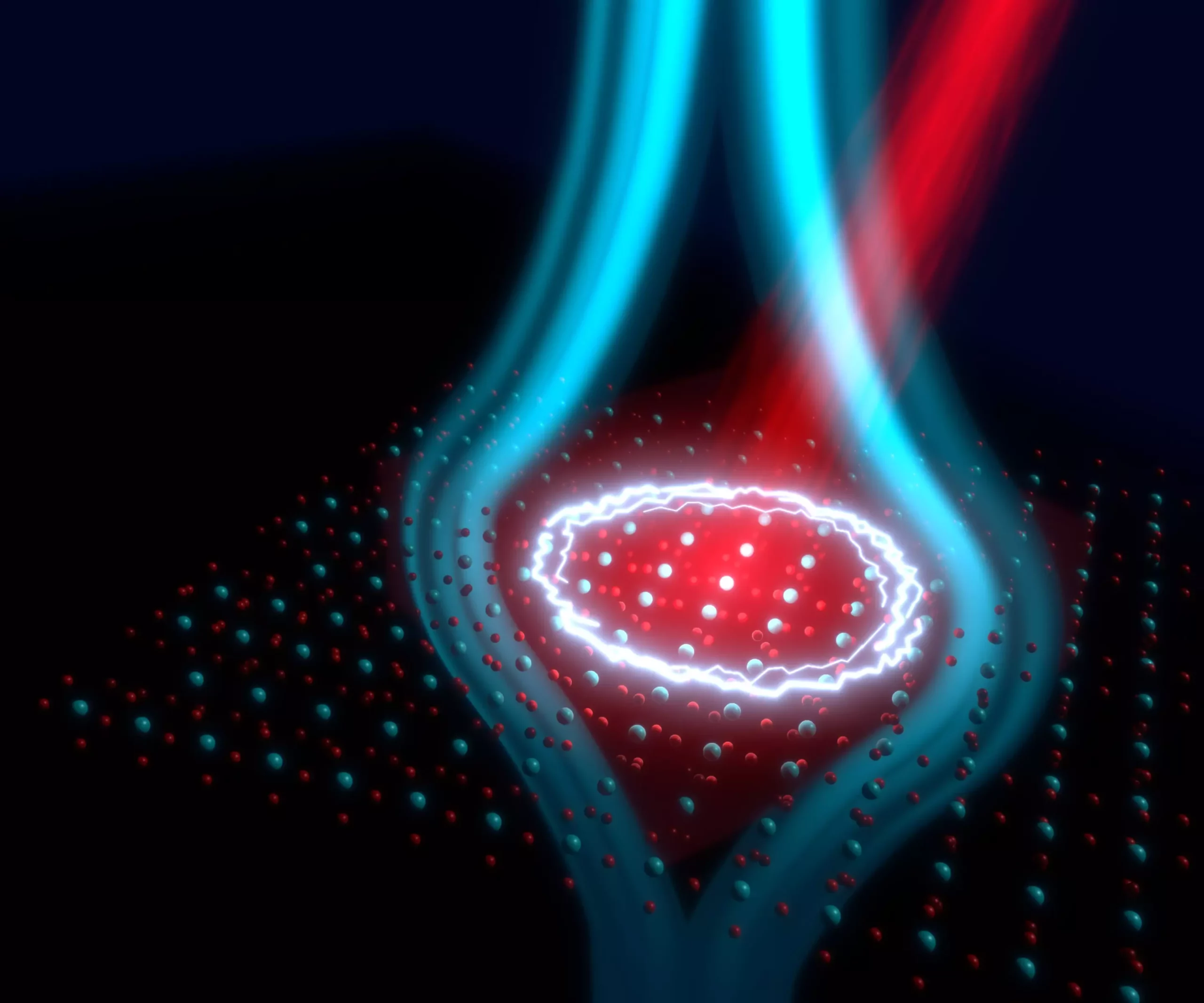Superconductivity is a remarkable phenomenon that captures the imagination of scientists and technology enthusiasts alike. At its core, this unique behavior enables materials to conduct electricity without resistance, a property that has far-reaching implications for energy transmission and advanced computing. However, true superconductivity is typically only observed under extreme conditions, particularly at temperatures significantly lower than what we experience in our daily lives. This limitation has sparked numerous research initiatives aimed at unlocking superconductive properties in more accessible environments, including ambient temperatures.
Recent studies have made intriguing strides in this area, particularly in the exploration of non-equilibrium states—situations where a material is driven away from thermal equilibrium. These experiments open a new avenue for understanding superconductivity, hinting that some of its characteristics can be achieved even without the extreme cooling usually required. Notably, the concept of “light-induced superconductivity” has emerged, wherein materials exhibit superconductive properties temporarily under laser irradiation. This exciting development is not merely a theoretical exercise; it promises potential applications in high-speed devices that could leverage laser pulses to achieve elevated performance.
The Pioneering Research at MPSD
Among the leading contributors to this field of study is a dedicated research team at the Max Planck Institute for the Structure and Dynamics of Matter (MPSD) in Hamburg, Germany. Under the guidance of Andrea Cavalleri, researchers have developed cutting-edge experiments designed to analyze the magnetic properties of superconductors at astonishing speeds. Their investigations focus on YBa2Cu3O6+x, a cuprate superconductor that only achieves static superconductivity below approximately -200 degrees Celsius.
In a groundbreaking experiment, the researchers managed to demonstrate that photo-excited YBa2Cu3O6.48 not only exhibited near-zero resistance but also effectively expelled a magnetic field from its interior. This phenomenon is reminiscent of the Meissner effect known in traditional superconductors, which describes the expulsion of magnetic fields in equilibrium states. The revelation that light-induced superconductors could show similar magnetic properties is a notable breakthrough, indicating that the dynamics of superconductivity can be manipulated and observed in real-time.
Challenges in Measurement
One of the major hurdles faced by researchers in measuring the expulsion of magnetic fields under non-equilibrium conditions is the transient nature of the phenomena. The states induced by laser pulses often last mere picoseconds, challenging scientists to obtain accurate measurements in such brief intervals. In response to this challenge, the MPSD team devised an innovative experimental setup that uses a ‘spectator’ crystal placed near the sample to gauge local magnetic field variations.
By utilizing femtosecond laser pulses, the team was able to capture the time evolution of the magnetic field surrounding the superconducting sample with unprecedented resolution. Their findings underscore the potential for light pulses not just to induce superconductivity, but also to synchronize fluctuating states, thereby enabling the restoration of superconducting order at significantly higher temperatures than those achievable through conventional cooling methods.
Implications for Future Research
The observations made by the MPSD team provide vital insights into the ongoing quest to understand light-induced superconductivity. The ongoing paradigm shift in how we perceive and realize superconducting states can lay the groundwork for future breakthroughs in both theory and application. As researchers grapple with concepts like fluctuating superconducting order, it is clear that non-equilibrium superconductivity challenges longstanding views in condensed matter physics.
The implications of this research extend well beyond academic curiosity; they provide a tantalizing glimpse into a future where high-temperature superconductors might become practical for a wide array of technological applications. From lossless power transmission to revolutionary advancements in quantum computing, the potential impact of light-induced superconductivity is enormous. As we continue to push the boundaries of knowledge in this fascinating field, the prospect of seeing superconductivity flourish at room temperature is becoming increasingly tangible.
The emerging understanding of how superconductivity can be achieved through light manipulation reveals a realm of opportunities, prompting us to reconsider what is possible in material science and technology.

